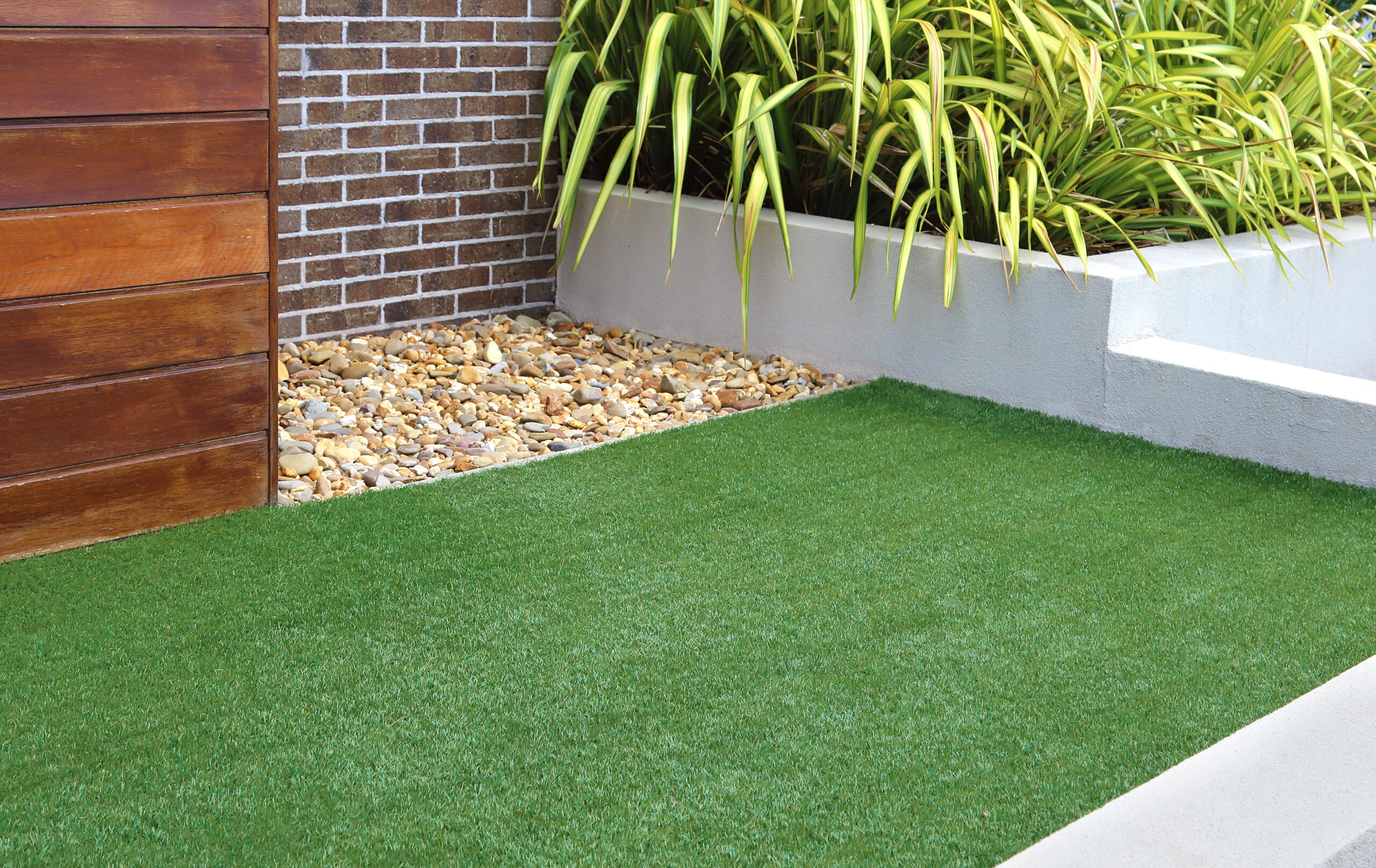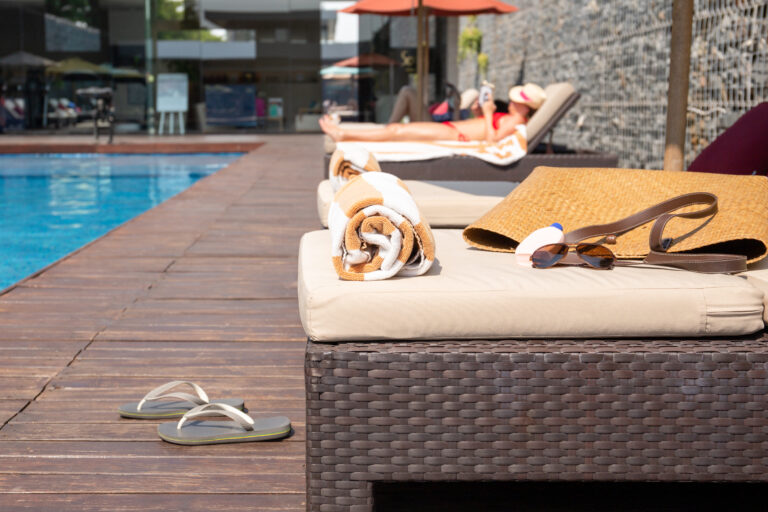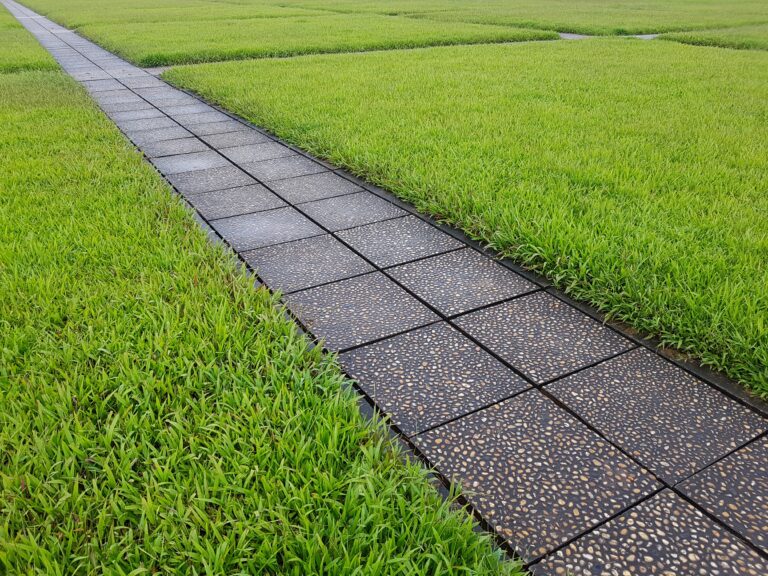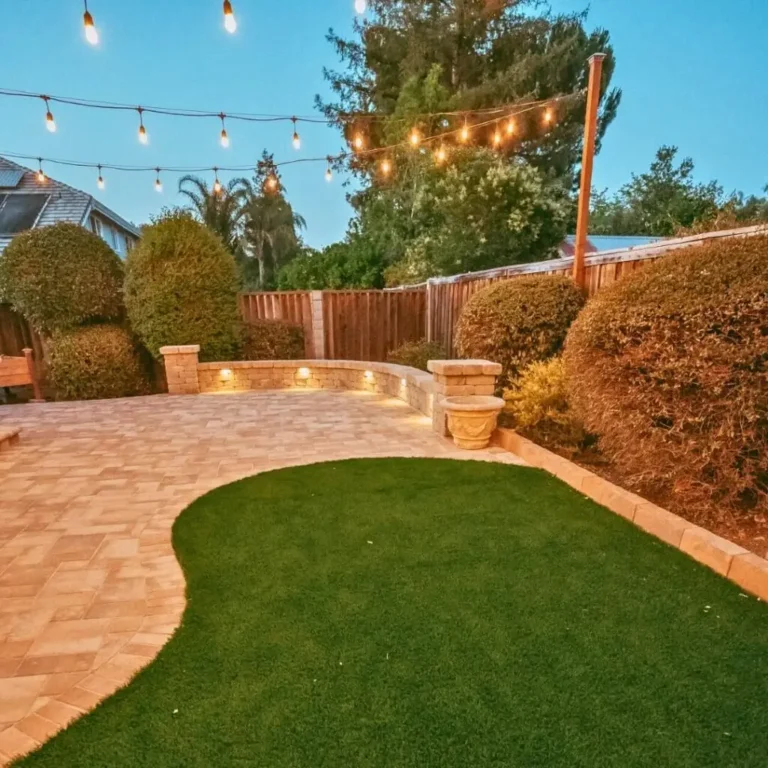Environmental Benefits of Artificial Turf: A Comprehensive Analysis

Artificial turf has gained popularity in recent years, not merely as a low-maintenance solution for sporting fields and residential lawns, but also for its numerous environmental benefits. As concerns about water conservation, chemical usage, and energy consumption have risen, so too has the demand for alternatives to high-maintenance natural grass. This has led to increased interest in and the adoption of artificial turf as an environmentally-friendly option.
One of the most significant environmental benefits of artificial turf is its ability to conserve water. Traditional grass lawns require large amounts of water for irrigation, whereas synthetic turf systems are virtually maintenance-free, requiring only occasional rinsing to remove debris and dust. In drought-prone regions, this can save hundreds of gallons of water per household per year, contributing to more sustainable water management practices.
Additionally, artificial turf eliminates the need for chemical fertilizers, pesticides, and herbicides commonly used on natural grass. This not only reduces toxic pollutants entering our soil, water, and air but also minimizes the release of greenhouse gases associated with the manufacturing, transportation, and application of these chemicals. Consequently, artificial turf can play an active role in reducing environmental pollution and supporting healthier living conditions.
Water Conservation and Management
Reduction in Water Consumption
Artificial turf is a significant contributor to water conservation efforts. Traditional grass requires large amounts of water for irrigation to maintain its health and appearance. In contrast, artificial turf does not require watering, which can help save thousands of gallons of water each year.
An important aspect of water management with artificial turf is the elimination of the need for sprinkler systems. This means there is no need for the infrastructure, maintenance, and energy that comes with these costly systems. Moreover, artificial turf reduces the strain on municipal water supplies by decreasing water usage in homes and businesses that install it. For example, a simple comparison of water consumption in a table format is shown below:
| Landscape Type | Annual Water Consumption (gallons) |
|---|---|
| Traditional Grass | 44,000 – 66,000 |
| Artificial Turf | 0 |
Implications for Drought-Prone Areas
In drought-prone areas, water conservation and management are crucial aspects of daily life. With artificial turf, communities can continue to enjoy green spaces without putting a significant strain on the limited water resources. This is particularly relevant in areas where water restrictions or rationing are in place, as artificial turf can help alleviate the pressure on the water supply.
Not only does artificial turf directly conserve water, but it also reduces the need for fertilizers and pesticides, which can contaminate water sources. Additionally, artificial turf can be designed with efficient drainage systems, allowing rainwater to be collected and reused, further promoting sustainable water management practices.
In conclusion, artificial turf contributes significantly to water conservation and management efforts by reducing water consumption and providing solutions for drought-prone areas. This benefit, combined with its low maintenance requirements and environmental advantages, makes artificial turf a compelling choice for environmentally conscious consumers and municipalities.
Reduction in Chemical Use
Decreased Pesticide and Fertilizer Needs
Artificial turf reduces the need for harmful chemicals that are generally used on natural grass. Pesticides, herbicides, and fertilizers are common substances utilized to maintain healthy, weed-free, and green lawns. However, such chemicals are not necessary for artificial turf installations.
- Pesticides: Artificial turf doesn’t attract insects or other pests, so there’s no pressure to apply pesticides.
- Fertilizers: Synthetic grass doesn’t need nutrients to stay green and durable. Consequently, there’s no demand for fertilizers.
- Herbicides: Weeds can’t grow through high-quality artificial turf, minimizing the requirement for herbicides.
To reinforce this point, consider the following table comparing the typical chemical usage on natural grass versus artificial turf:
| Chemical | Natural Grass | Artificial Turf |
|---|---|---|
| Pesticides | High | None |
| Fertilizers | High | None |
| Herbicides | Moderate | None |
Environmental Impact of Chemicals on Ecosystems
The overuse of chemicals like pesticides and fertilizers on natural grass can have detrimental effects on the environment. Here are some consequences associated with excessive chemical use:
- Water pollution: Rain can wash chemicals from lawns into nearby water sources, causing contamination and harm to aquatic life.
- Air pollution: Toxic chemicals can evaporate into the air, contributing to poor air quality.
- Soil degradation: Over time, chemicals can negatively affect the quality of the soil, harming organisms that live within it.
By using non-toxic materials, artificial turf helps to alleviate these adverse effects on the environment. Its chemical-free nature makes it a sustainable option that promotes a cleaner and healthier ecosystem, which ultimately benefits us all.
Durability and Longevity
Lower Maintenance and Upkeep
Artificial turf offers undeniable durability, making it a suitable choice for high-traffic areas. One significant advantage of synthetic grass is its low-maintenance nature, requiring very little upkeep when compared to natural grass. The following characteristics contribute to artificial turf’s longevity and low maintenance requirements:
- No watering needed: Artificial grass does not require regular watering, significantly reducing water consumption and subsequently saving both time and money.
- No mowing required: Unlike natural grass, artificial turf remains at a consistent height, eliminating the need for frequent mowing.
- Resistant to wear and tear: The materials used in artificial turf, such as polyethylene and nylon, provide increased resistance against general wear and tear, maintaining a pristine appearance for longer periods.
- No fertilizers or pesticides: As synthetic grass is not susceptible to diseases or pests, there is no need for harmful chemicals or fertilizers, further decreasing maintenance efforts and contributing to a healthier environment.
Long-Term Sustainability
Artificial turf’s durability directly impacts its long-term sustainability, providing a lasting solution for various applications. Some notable aspects related to the extended longevity of artificial grass include:
- UV resistant: High-quality artificial turf products are developed with UV stabilizers, ensuring the grass retains its vibrant color under prolonged exposure to sunlight and weather extremes.
- Drainage system: Well-constructed artificial turf systems come equipped with efficient drainage systems, designed to prevent standing water or soggy areas after periods of heavy rainfall. This feature contributes to maintaining the turf’s structure and appearance over time.
Ultimately, the durability and longevity of artificial turf contribute to its environmental benefits, as it significantly reduces the resources required for maintenance and upkeep. By choosing artificial grass, individuals and organizations can simultaneously promote sustainability and create visually appealing spaces with minimal effort.
Environmental and Health Safety
Safe Play Surfaces for Children
Artificial turf provides a safe and consistent play surface for children. Unlike natural grass which can be uneven and may lead to injuries, artificial turf is designed to be even and provide a non-slip surface. This reduces the risk of accidents while playing.
Moreover, artificial turf is non-toxic and does not require the use of fertilizers or pesticides, leading to improved air quality in the surrounding areas. This helps in safeguarding children’s health. Additionally, artificial turf can maintain its pristine condition all year long, ensuring a clean and safe playing environment for kids.
Avoidance of Toxic Materials
One of the main concerns with traditional natural grass is the use of potentially toxic chemicals, which not only harm the environment but can also have adverse effects on human health. These hazards are mitigated with artificial turf.
For instance, studies have shown that lead (a toxic heavy metal) can sometimes be present in natural grass surfaces. In contrast, high-quality artificial turf is lead-free which further ensures the safety of children and adults alike.
Below is a summary comparing the safety aspects of artificial turf to natural grass:
| Aspect | Artificial Turf | Natural Grass |
|---|---|---|
| Chances of injuries | Lower | Higher |
| Toxic chemicals | None | Fertilizers and Pesticides |
| Air quality | Improved | Can be compromised |
| Lead content | Lead-free | Can have lead presence |
In conclusion, artificial turf provides a safer and more environmentally friendly alternative to traditional natural grass, ensuring the well-being of both children and adults while engaging in outdoor activities.






